Story by Brandes Elitch
Photos courtesy Lane Museum
Last October I had a chance to visit the Lane Motor Museum in Nashville, which had been on my list of things to do for some time. With over 300 European cars displayed on two levels, it is likely the largest museum collection of European cars in the U.S. What I found compelling is that the Lane is full of the kinds of things I like: production cars or prototypes that are obscure, rare, technically advanced for their time, designs full of passion and creativity that fulfilled all the things a collector or historian would want, but not necessarily successful in the marketplace because of various eccentricities of design or presentation. At the top of that list for obscurity would be the Tatra, of course, and while the Lane lacks the Type 77, it has just about every other Tatra.
The Lane Museum has a conventional layout, cars grouped in logical order by make, country of origin, and type. There is also a small restoration shop in the basement, and when I was there, they had just gotten another breathtaking car, a 1992 Alfa Zagato SZ coupe, probably the only one of the 1036 cars made that is in the U.S.!
Jeff Lane says he had two goals in mind when he created the museum in 2002: bring history to life, and engage and educate visitors. He says that automobile appreciation is primarily a visceral, visual, emotional experience that you just can’t get from a printed page – very true!
There are many car shows, but not many car museums. Visiting the Lane got me thinking about what it takes to open and run a car museum. In this case, it was the vision of one person, founder Jeff Lane. As you can see from the website (www.lanemotormuseum.org) he had a vision, but it took a lot of drive, determination, patience, and luck to make it come alive. When you go to the website, you will find a photo of every vehicle at the museum, which will definitely whet your appetite.
Recently I came across an article by Mark Walhimer, who provides consulting services to those interested in opening a museum. He shows that opening a museum is expensive. Figure that about half of the overall space will be exhibit space. A 4500 square foot exhibition space will require a 9000 square foot building. New construction will cost around $200 per square foot for a simple building, which is $1.8 million just for starters. Add another $150 per square foot to finish the gallery space, and your initial cost is up to $2.475 million. Now you are going to spend another $40 a square foot for operating costs (salaries, utilities, maintenance, etc.) which is a $360,000 annual expense. I am providing these figures to show just what an accomplishment Jeff Lane has performed. In his case, he found a Sunbeam bread factory on the edge of downtown that had finally baked its last loaf of bread. Transforming it into a museum was not as easy as you might think, but he pulled it off. It was built in 1951 and has high ceilings, natural light, and handcrafted brick and wood floors. The building is 132,000 square feet, and the museum floor is 40,000 square feet.
The Lane shows us that there is a whole world of fascinating automobile designs that we have probably never seen before, at least not in person, not in the U.S.
I have been noticing another interesting trend in the collector car hobby, which might bode well for museums like the Lane. This trend is the decline of single make car clubs. Someone told me “the car club model of the 1970’s is dead,” which is a pretty sobering statement. Most people join a club for the publications, and many will never attend a meet. One example is the largest club, the Antique Automobile Club of America (AACA), which has upwards of 65,000 members, of which only about ten percent are really active members. Today, dues paying clubs cannot compete with a free quality web experience. Another comment I heard is, “New people want Facebook impressions, not paper newsletters, and they don’t have the time or desire to commit to a club.” Clubs depend on dedicated volunteers and some kind of back office support. However, today’s millennials prefer to spend their time on social media, or “Cars and Coffee,” and don’t have much interest in publishing a newsletter or organizing tours or car shows.
Recently, the Tucker Club, which had as many as 600 members at one time, decided to end their status as a standalone 501 (c) 3. As a club it will cease to exist, but as an entity it will survive, because it will be run by the museum of the Antique Automobile Club of America (AACA), conveniently located in Hershey, PA, so when you go the swap meet in October you can visit the museum. The museum will act as a services headquarters and help organize club activities. It will assist with the newsletter, and host meetings. In this case it makes perfect sense, because the museum is already the largest repository of Tucker cars and material and has a permanent exhibit for this.
A museum such as the Lane would be well suited for a similar approach. There is no larger collection of Tatras in the U.S. and while I admit that a Tatra club might not even have a quorum here, it would be different for Citroën, for example. The Lane has a well rounded collection of Citroëns, probably more than anyone else in the U.S. except the Mullin Museum, and could serve the same purpose as the AACA does. Here are cars you would only see at Retromobile, such as a 2 cv 4×4 Sahara, a 1924 Autochenille, a 1986 BX 4 TC, a GS Birotor, and a type M-35, in addition to all the production cars. Any Citroën club would want to have a meet there. And the same could be said for DKW, NSU, Borgward, and others.
There are two other things working in favor of this approach. One of course is the charm and appeal of Nashville as a place to visit. It is a beautiful vibrant city, and while there are plenty of music related activities, such as the Country Music Hall of Fame, the Ryman, and RCA Studio B, there are plenty of historic sites and the beautiful countryside to see as well. The other is that the Lane has a very large parking lot, which could accommodate a car club meeting or a swap meet.
The very eclectic collection at the Lane opened my eyes to other cars which I somehow ignored growing up, such as the DKW. I think most of us tend to be fixated on whatever particular marque that appeals to us, and we tend to ignore anything outside of that world. The Lane shows us that there is a whole world of fascinating automobile designs that we have probably never seen before, at least not in person, not in the U.S. It reminded me a bit of the huge Essen Techno-Classica show, where single-marque clubs show off their prized possessions. One time I stopped at the Lloyd Club stand to get a decal for my friend John Lloyd, and they were so pleased that an American stopped to learn about the Lloyd that they wouldn’t let me go! There is no point in listing all the different marques found at the Lane: just think of every obscure European car you have ever heard of, and it is there, with some surprises, such as a recreation of one of three Buckminister Fuller Dymaxions built (of which only one survives; the recreation took seven years!), or a Group B rally car. A specialty is the sixty car microcar exhibit, a microcar defined as having a motor less than 500 cc. There is also a small motorcycle collection, as well as an exhibit of the ne plus ultra of racing bicycles.
It must be pretty challenging to run a place like this. First, there is the ongoing work of just keeping the cars running. Second is the challenge of finding new entrants, particularly the very rare and obscure. When Jeff Lane kindly invited me to his office, he showed me photos of a very obscure Italian car which he was interested in, and for once I was stumped, and I had just finished the book of Italian carrozzeria too! But I wouldn’t bet against Jeff in this case, and I’ll bet he finds it. He took me out to the restoration shop and there was the 1967 Alex Tremulis Gyro X which he was restoring, and how easy can it be to restore a gyroscope? He mentioned that it had been shown at Pebble Beach, but it did not run, because the gyroscope had to be rebuilt, and Jeff makes sure that all the cars in the museum run and drive and are not just static displays.
And obviously, when you are open to the public and you have a very large facility to maintain, well, it can get overwhelming pretty fast. I suspect that even in Europe there are very few museums with the scope, depth, and breadth of subject that is evidenced at the Lane, and if there is one, I want to go there.
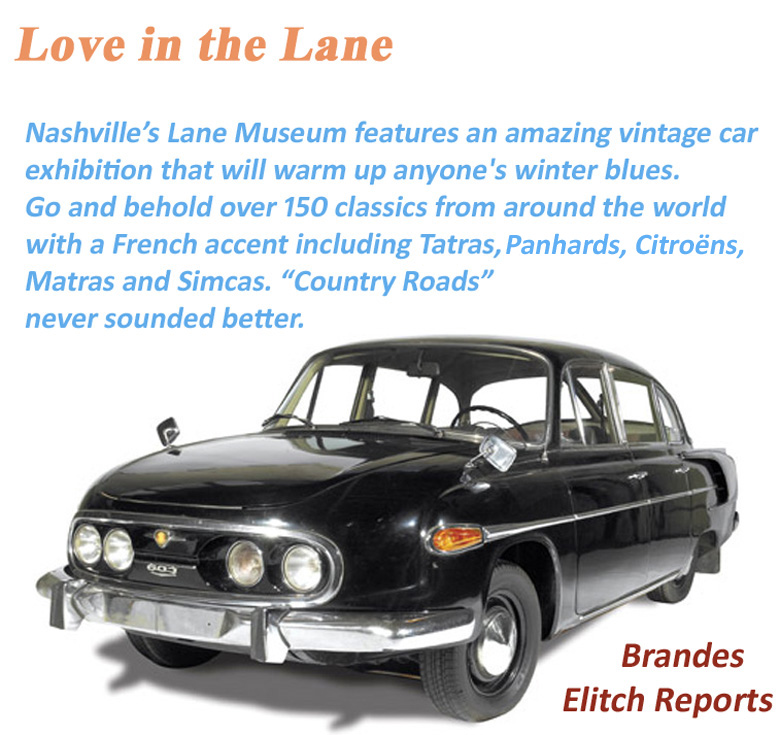
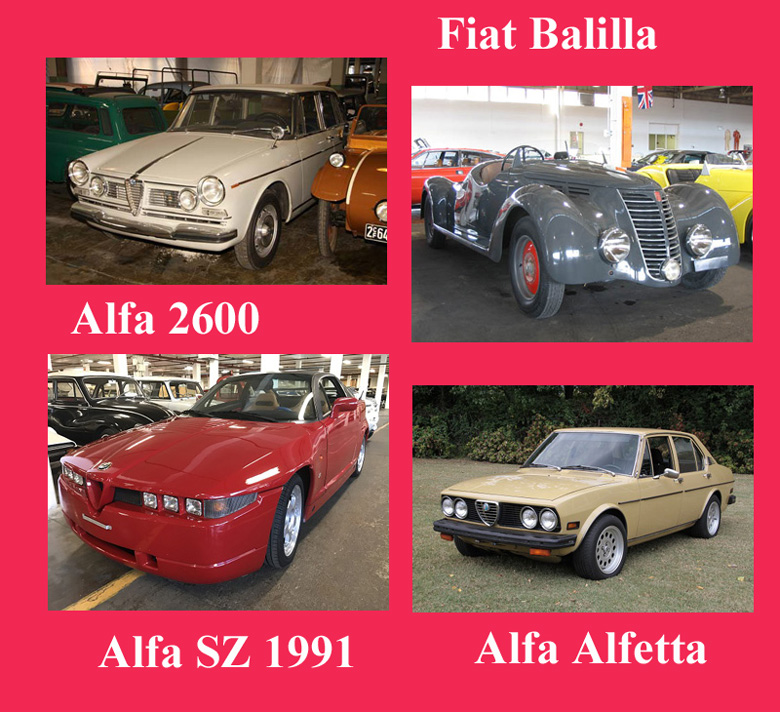
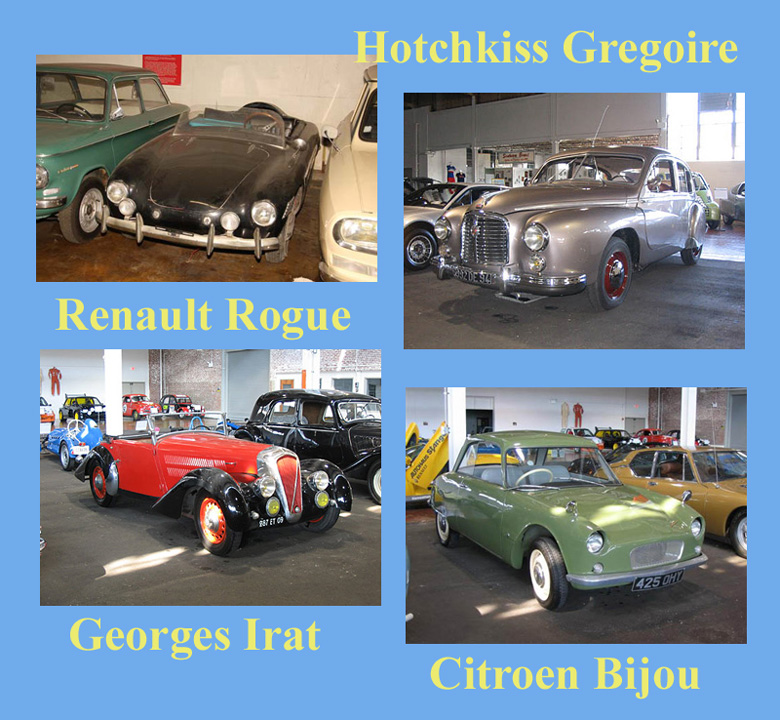
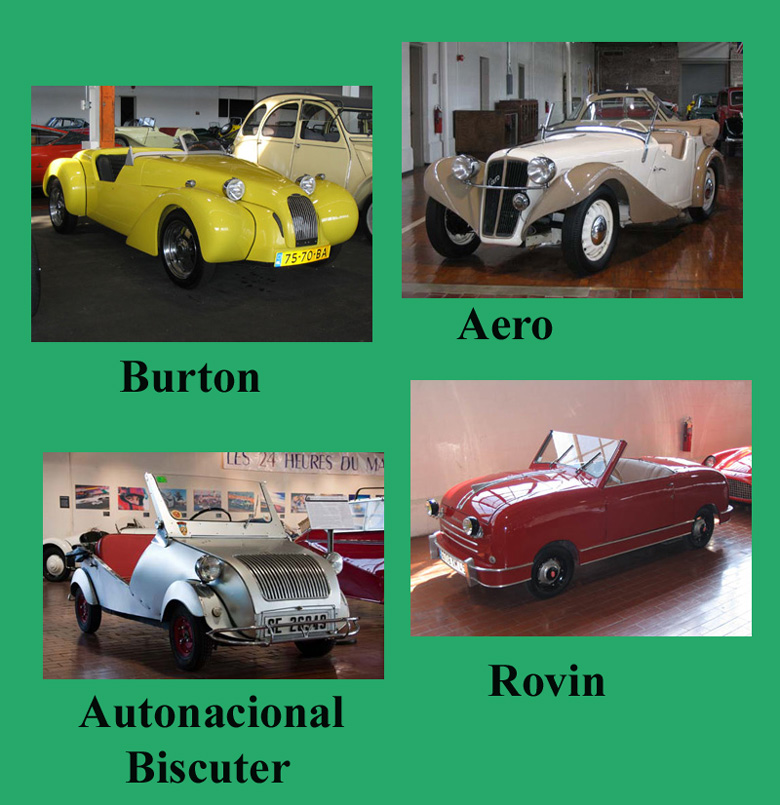
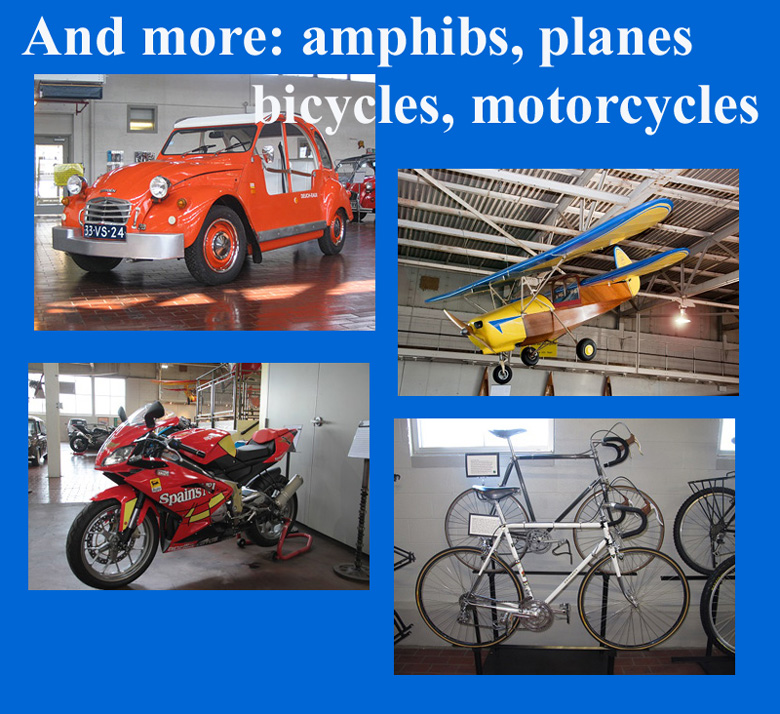
I had the pleasure of visiting the Lane Museum when I was in Nashville last November.
While the museum has a relatively small foot print as compared to some others, the
collection is eclectic and contain s some very unusual automobiles. For instance there is
a fairly large collection of Tatra’s of various vintages. In addition there is a good collection of post WWII micro cars including the Isetta, Messerschmidt and others. There is also a small but very desirable grouping of British sports cars, etc. While I prefer vintage and modern sports cars, it is definitely worth a stop to spend some time there.
Hello Pete,
I’ve got to go there as soon as the weather gets better. I believe I read where he as a Gregory (rear engine, front drive). That Tatra was some neat piece of engineering. And the Tucker had it’s body dies from Ohio and a neighbor of mine set them and stamped them out. I got excited about the Playboy Car (2 seater). It never made it as did the Gregory. I’m looking forward to some new stuff, Pete. The future looks good for Veloce.